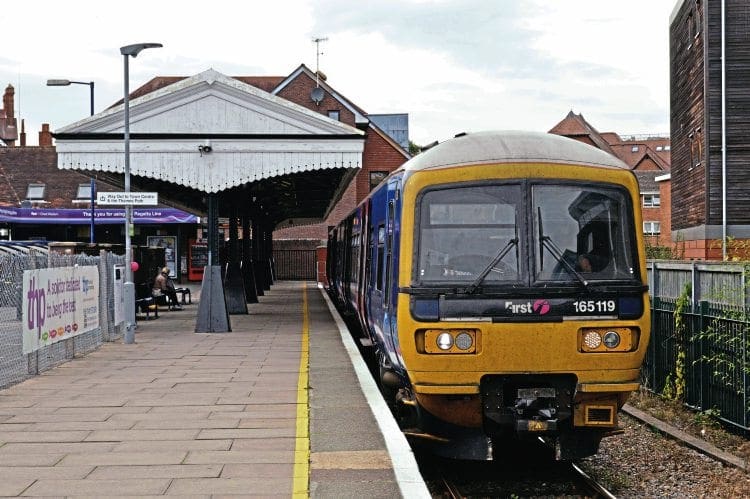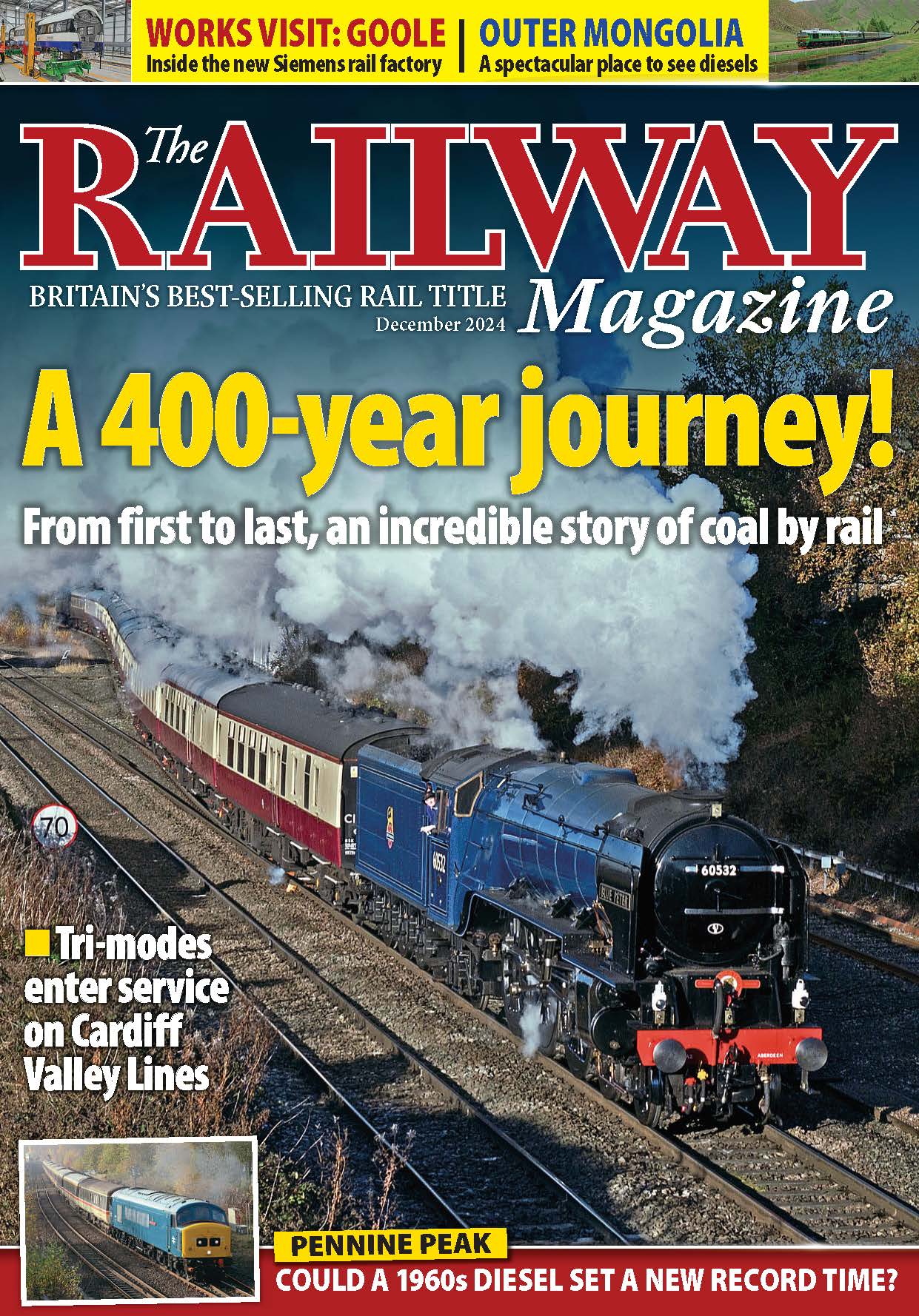For more than 150 years, the three Thames Valley branch lines have been vital commuter and leisure routes serving Windsor, Marlow, Bourne End and Henley-on-Thames. Facing modernisation, Stuart Warr looks at the fascinating history of these branches and what the future holds.

The Thames Valley branch lines to Henley-on-Thames, Bourne End, Marlow and Windsor are connected to the Great Western main-line at Twyford, Maidenhead and Slough, respectively; to many passengers the junctions are glimpsed as their High Speed Train (HST) races past en route to or from London Paddington, but for those who use the branches they are a lifeline for both commuting and leisure travel, often being speedier than travelling by road.
With the advent of modernisation just around the corner, it is an appropriate time to review the three branches in some detail.
Monthly Subscription: Enjoy more Railway Magazine reading each month with free delivery to you door, and access to over 100 years in the archive, all for just £5.35 per month.
Click here to subscribe & save
The termini of the three branches are each in different counties: Oxfordshire (Henley-on-Thames), Buckinghamshire (Marlow) and Royal Berkshire (Windsor) with a tri-point where all three counties meet; one of a number of common denominators is that they are all situated on or very near the River Thames.
The (original) Great Western Railway reached Twyford in 1839, but it was eight years later that an Act was passed to give the power to construct the branch; financial constraints delayed the start of work so much that in 1852, motivated by the risk of incursions into its perceived territory by other railway companies, the GWR sought an extension of time to complete the work.
Read more in January’s issue of The RM




